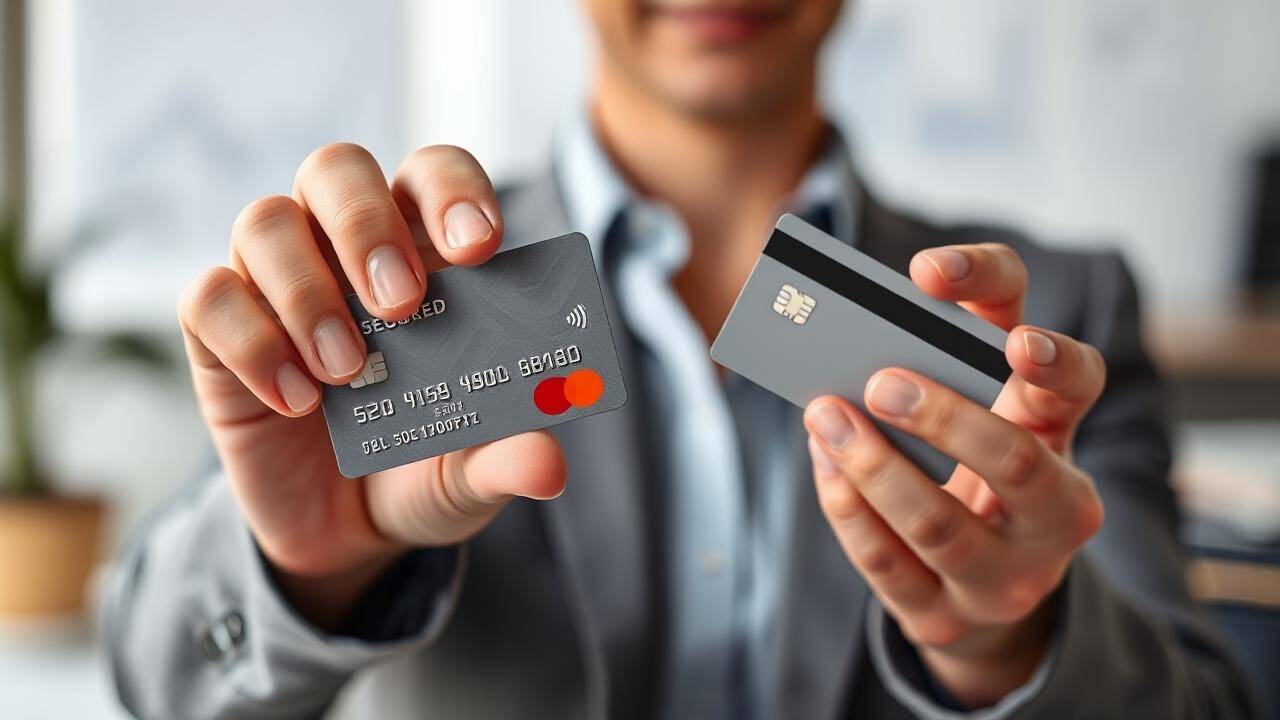Secured Credit Card vs Unsecured Credit Card: Features, Benefits, and Key Differences
Credit cards have become an integral part of modern financial life, offering convenience, rewards, and a means to build credit history. However, not all credit cards are the same. They are broadly classified into secured and unsecured credit cards, each catering to different financial profiles and needs. Understanding the difference between the two helps you choose the right type of card and manage your credit effectively.
Secured credit cards are designed for individuals who:
Are new to credit or rebuilding their credit profile
The deposit acts as a safety net for the bank, reducing its risk. If the cardholder defaults on payments, the bank can recover the dues by liquidating the fixed deposit.
Unsecured cards typically offer higher credit limits, reward programs, cashback offers, and travel benefits, making them attractive to financially stable users. However, since there is no collateral involved, lenders rely heavily on the applicant’s creditworthiness before approval.
Unsecured credit cards often come with additional features such as reward points, travel insurance, and lounge access, depending on the card variant.
Attractive rewards, discounts, and privileges

What Is a Secured Credit Card ?
A secured credit card is a type of card issued against a security deposit or collateral, typically a fixed deposit (FD). The credit limit is usually a percentage of the deposit amount — often 75% to 90%. For instance, if you open an FD of ₹50,000, your credit limit may range from ₹37,500 to ₹45,000.Secured credit cards are designed for individuals who:
- Have little or no credit history
- Have a low credit score
What Is an Unsecured Credit Card ?
An unsecured credit card is the most common type of credit card and does not require any security deposit. The credit limit is determined by the cardholder’s income, employment status, and credit score. These cards are issued to individuals with an established credit history and good repayment record.Unsecured cards typically offer higher credit limits, reward programs, cashback offers, and travel benefits, making them attractive to financially stable users. However, since there is no collateral involved, lenders rely heavily on the applicant’s creditworthiness before approval.
Key Differences Between Secured and Unsecured Credit Cards
FeatureSecured Credit CardUnsecured Credit Card| Collateral Requirement | Requires a fixed deposit as security | No collateral required |
| Target Users | Beginners, students, or people rebuilding credit | Individuals with stable income and good credit history |
| Credit Limit | Based on fixed deposit amount | Based on income and credit score |
| Approval Process | Easier to get approved | Subject to stringent eligibility criteria |
| Risk to Bank | Low (secured by deposit) | High (depends on borrower’s repayment) |
| Rewards and Benefits | Basic benefits, limited offers | Extensive rewards, cashback, and premium perks |
| Interest Rates | Usually lower, as it’s secured by FD | May vary based on credit profile |
| Impact on Credit Score | Helps build or rebuild credit | Helps maintain and improve established credit history |
When Should You Choose a Secured Credit Card?
A secured credit card is ideal if you are new to credit or have a low credit score. It’s particularly useful in the following cases:- No Credit History: If you are a first-time credit card user, a secured card can help you start building credit responsibly.
- Credit Repair: If you’ve faced loan defaults or missed payments in the past, using a secured card wisely can help rebuild your score.
- Limited Income: For students, freelancers, or homemakers who may not meet unsecured card criteria, a secured card is a good entry point.
When Should You Choose an Unsecured Credit Card?
Unsecured credit cards are suitable for individuals who have a steady income and a healthy credit profile. Choose an unsecured card if you:- Have a credit score above 700
- Earn a regular monthly income that meets the bank’s eligibility criteria
- Want to enjoy reward programs, travel perks, or cashback offers
- Prefer a card without locking money in a fixed deposit
Unsecured credit cards often come with additional features such as reward points, travel insurance, and lounge access, depending on the card variant.
Benefits and Drawbacks
Benefits of Secured Credit Cards
- Easier approval process
- Helps in credit score improvement
- Lower risk of rejection
- Suitable for students and beginners
Drawbacks of Secured Credit Cards
- Requires a fixed deposit
- Lower credit limits
- Limited benefits and offers
Benefits of Unsecured Credit Cards
- No deposit required
- Higher credit limit and purchasing power
You may also like
- Delhi air damaging your brain? Study shows it's not just your lungs at risk, your brain may be suffering irreversible damage
- Weather department predicts thunderstorms, rain in TN, Puducherry today
- Who is Lester Jones? Former Atlanta Hawks executive accused of stealing $3.8 million for surprising reasons
- Bangladesh records 1,147 new dengue cases in 24 hours
- Sole survivor of Air India plane crash, Vishwas Kumar Ramesh, appeals for welfare package to cope with trauma
Drawbacks of Unsecured Credit Cards
- Stricter eligibility and approval norms
- Higher interest rates for risky borrowers
- Potential debt risk if spending is uncontrolled









